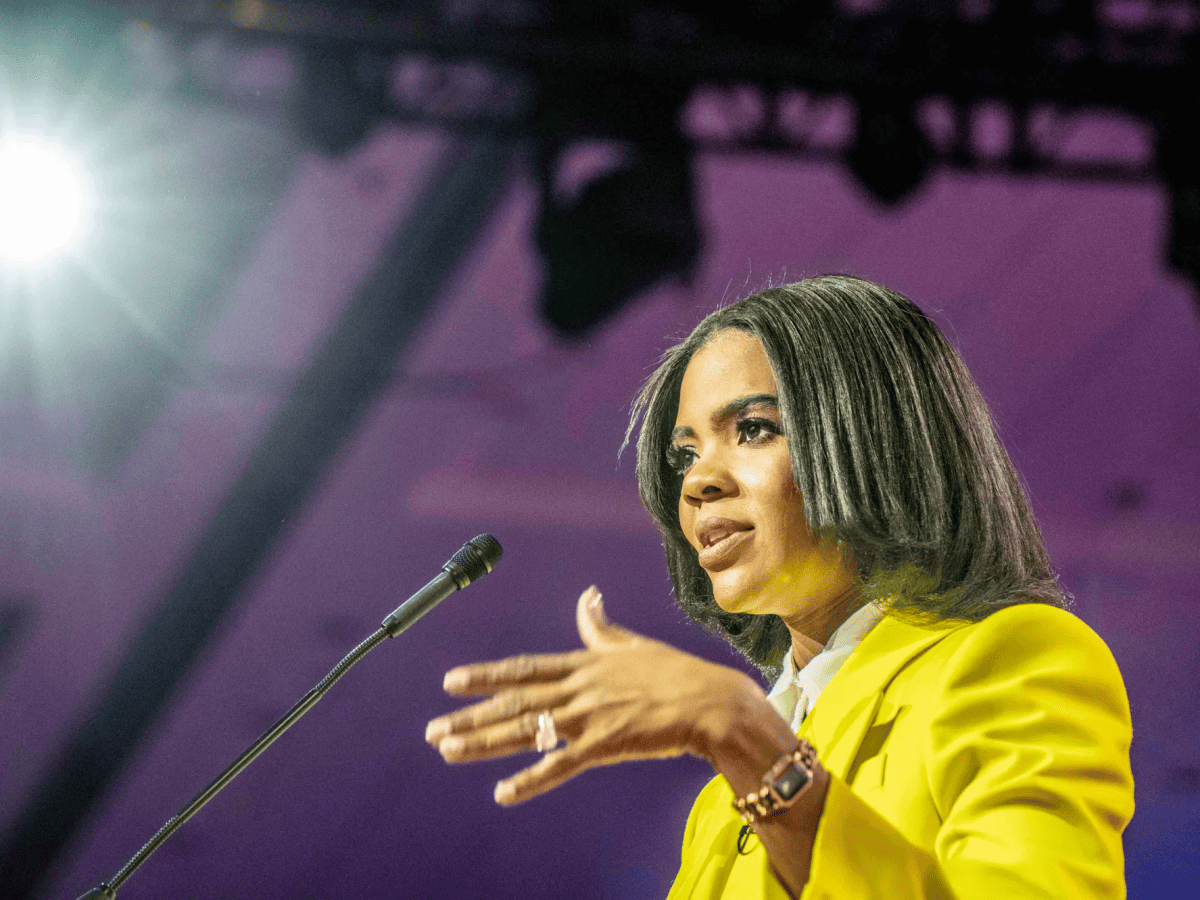The idea of giving college football and basketball players stipends has become extremely popular since allegations toward reigning Heisman winner Johnny Manziel popped up during the college football offseason. Many were outraged that he potentially would have been punished by the NCAA for allegedly selling his signature to a variety of sports dealers.
At the same time, Texas A&M made a record $740 million in fundraising last year, but that number would likely not even be close if it wasn’t for Johnny Football. It would make sense that the athletes should be able to take home more money because they create so much for the schools, but attempting to fix that problem in the ways that people suggested would only create more problems for the universities.
One of the biggest obstacles to paying athletes would be Title IX. In most universities, the athletic department is not profitable in any sport, and if they are, then the only profitable sports are men’s basketball and football. Title IX would likely prevent them from only being able to provide benefits to those athletes. Under Title IX, the university must ensure that “all such assistance should be available on a substantially proportional basis to the number of male and female participants in the institution’s athletic program,” “male and female athletes should receive equivalent treatment, benefits, and opportunities” regarding facilities or “the athletic interests and abilities of male and female students must be equally effectively accommodated.”
The courts would not likely hold that providing stipends only to male football or basketball athletes would be legal. Only giving the money to those male athletes would show a disparity in the opportunities that the university gave male and female athletes. Some have argued for small changes such as the ability to sell their likeness and be able to sell their autographs for money, like Manziel was accused of doing.
However, this would likely be viewed by the court as an attempt by the universities to get around providing equal support to the entire group of student athletes. It would also provide a great way for agents and others to provide student athletes with money, which goes against one of the reasons that many support changing the rules.
Providing the entire group of student athletes with a stipend isn’t really possible for very many of the athletic departments in the NCAA either. Only 23 of the 228 at NCAA Division 1 schools made enough money to cover expenses in 2012, and many of the 23 that were profitable got subsidies. Because of this, a huge number of universities would be taking money from the state or general fund to purchase these stipends. This would disadvantage the ability for these schools to focus on improving athletics when we can’t be sure that the eventual NFL and NBA players would still not take money and benefits with the stipend. The ideas proposed so far just don’t provide an easy way that fixes the problem and doesn’t hurt other students.
Matthew Bailey is a first-year law student. His column runs biweekly on Mondays.






